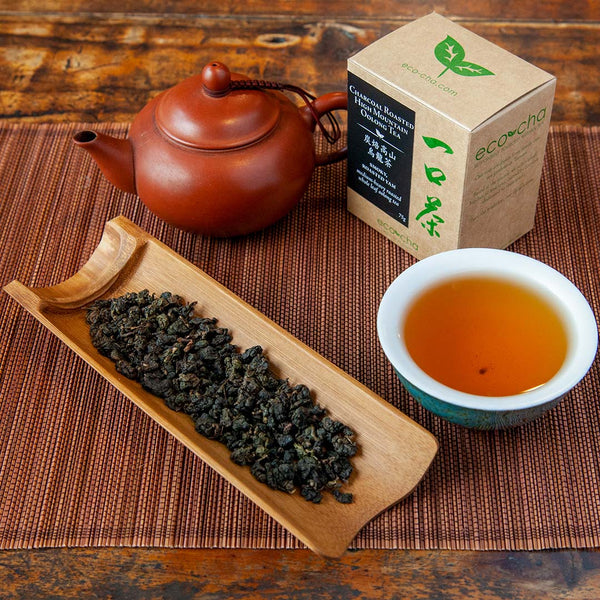
Image Source: Google
Oolong tea is a traditional Chinese tea that is known for its complex flavors and aromas. One of the key processes in creating oolong tea is roasting, which can greatly impact the final taste of the tea. Roasting oolong tea is considered an art form, as it requires skill and expertise to bring out the best flavors from the tea leaves. In this article, we will take you on a delicious journey through the art of roasting oolong tea and explore the different techniques and flavors that make this tea so special.
The History of Oolong Tea
Oolong tea has a long and rich history that dates back centuries in China. It is believed to have originated in the Fujian province and is often referred to as "Chinese oolong." The name "oolong" translates to "black dragon" in Chinese, which is a reference to the dark, twisted appearance of the tea leaves.
Key Points about the History of Oolong Tea:
- Oolong tea is a traditional Chinese tea with a history dating back centuries.
- It originated in the Fujian province of China.
- The name "oolong" translates to "black dragon."
The Roasting Process
Roasting is a crucial step in the production of oolong tea, as it helps to enhance the flavors and aromas of the tea leaves. The roasting process involves heating the tea leaves in a controlled environment to bring out their natural oils and sugars, creating a rich and complex flavor profile.
Key Steps in the Roasting Process:
- Withering: The tea leaves are spread out to dry and wither, which helps to reduce moisture content.
- Firing: The withered leaves are then heated in a large wok or oven to stop oxidation and begin the roasting process.
- Rolling: The leaves are rolled to release the natural oils and flavors, which enhances the overall taste of the tea.
- Drying: Finally, the leaves are dried to remove any remaining moisture and preserve the flavors of the tea.
Flavor Profiles of Roasted Oolong Tea
Roasting oolong tea can result in a wide range of flavor profiles, depending on the roasting techniques and the type of tea leaves used. Some of the common flavor profiles of roasted oolong tea include:
Common Flavor Profiles:
- Roasted: Roasting brings out nutty, toasty, and caramelized flavors in the tea.
- Floral: Some roasted oolong teas have floral notes, such as orchid or jasmine, which add a subtle sweetness to the tea.
- Earthy: Roasted oolong teas can also have earthy notes, such as moss or oak, which provide a deep and rich flavor profile.
- Fruity: Some roasted oolong teas have fruity notes, like peach or plum, which add a refreshing sweetness to the tea.
Best Practices for Roasting Oolong Tea
Roasting oolong tea requires skill and precision to achieve the perfect balance of flavors. Here are some best practices to keep in mind when roasting oolong tea:
Best Practices:
- Use high-quality tea leaves to ensure a flavorful and aromatic cup of tea.
- Control the temperature and roasting time carefully to avoid burning the tea leaves.
- Experiment with different roasting techniques, such as light, medium, or heavy roasting, to discover your preferred flavor profile.
- Store the roasted tea leaves in an airtight container to preserve their flavors and aromas for longer.
Enjoying Roasted Oolong Tea
Once you have roasted your oolong tea to perfection, it's time to sit back, relax, and enjoy a delicious cup of tea. Whether you prefer the nutty flavors of a roasted oolong tea or the floral notes of a lightly roasted variety, there is a flavor profile to suit every palate. So take a sip, savor the complex flavors, and let the art of roasting oolong tea delight your taste buds.
